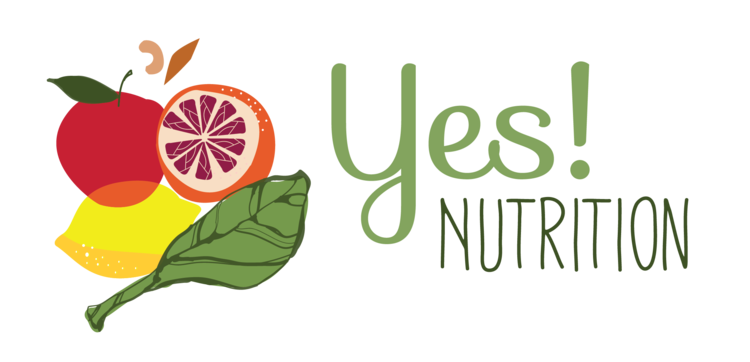Let’s Talk Nutritional Science: Antioxidants, Detoxification & Glucoraphanin
You have probably seen the word “antioxidants” or the phrase “helps combat free radicals” on your food or supplement labels. But what are antioxidants and what do free radicals do? And what is the role of glucoraphanin in all of this? In today’s post, I share with you those details to help you understand why all are so important to detoxification.
Imagine a long line of dominoes on a marble counter, perfectly stacked one inch away from each other. Picture an insult (like the tap of a finger or the vibration of a sudden movement) knocking the first domino over. When the first domino falls, it causes the second domino to fall. One by one, the dominoes come down until the very last one lands flat and all that is left of the domino line that was once perfectly still is the damaged aftermath.
In our bodies, unstable molecules created from normal body processes like metabolism or from pollution or sunlight, called "free radicals," act similar to falling dominoes. In an attempt to achieve stability, a free radical will pair with another molecule – but unfortunately, instead of creating stability, this only leads to further instability within the paired molecule. This instability and free radical cascade continues and can create damage within the cells in the body. Over time, this damage can create significant contributions to a variety of diseases.
So what can help stop this damage? Antioxidants. Antioxidants are molecules that are stable enough to stop a free radical cascade from creating cellular damage...it’s like the hand that reaches into the domino line to stop the fall from continuing. Direct dietary antioxidants, like the vitamin C found in oranges and the selenium found within Brazil nuts, act as potent defenses against an inflammatory free radical cascade. Antioxidants also include vitamin E and vitamin A. We have long been told that eating food with antioxidants is good, and that's true.
Beyond antioxidants, there are other players in the game to help combat cellular damage, one of which being glucoraphanin. Glucoraphanin (pronounced glu·co·raph’·an·in) is referred to as an “indirect antioxidant” meaning that it doesn't neutralize the free radical in question; rather, it helps activate the body’s natural detoxification enzymes to help stop damage. It's like putting the dominoes on thick, fuzzy carpet and spacing them out just a little further making the complete domino fall more of a challenge and taking more time for the entire fall to happen. Because of this function, glucoraphanin has long-lasting antioxidant activity, protecting up to 72 hours after it is ingested! The richest natural source of glucoraphanin is broccoli (especially broccoli seeds).
So how exactly does glucoraphanin work? With the help of myrosinase (an enzyme found within your digestive microflora or within broccoli itself and exposed when broccoli is cut or chewed), glucoraphanin is transformed into sulforaphane. Sulforaphane plays a key role in inducing the Nrf2 pathway, which helps power phase II detoxification in the body.
Does all of this sound confusing? Let's break it down. You see, when we talk detoxification – the body’s own, natural process of excreting toxins – the liver relies upon phase I pathways to begin the process. This is where antioxidants come into play to neutralize free radicals. The phase II pathways then act to “conjugate” unwanted molecules and prep them for removal. It is a bit like when you rake leaves – the first step is to put leaves into small piles on top of a tarp, then the second step is to drag the numerous small piles into your main pile or compost. Phase I helps tidy, phase II helps rid. Sulforaphane, the product of the glucoraphanin+myrosinase combo, plays a key role in the phase II detoxification process helping rid the body of what it doesn't need.
Because of broccoli’s protective role as an indirect antioxidant in detoxification, eating broccoli raw or lightly cooked is a smart strategy for mitigating oxidative damage and enabling better health. I like broccoli served raw and dipped into flavorful guacamole. I'll also lightly sauté broccoli and serve it in a quinoa salad with hemp seeds. There are tons of recipes posted to the "We Love Broccoli" shared Pinterest board that you can and should try.
What are your favorite ways to eat broccoli? Share it with me in the comments below or tweet me @ToriHolthaus and tag my friends @truebroc. Then hop on over to Facebook and share a comment about why you LOVE broccoli for your chance to win a free box of Brassica Tea with truebroc!
--
This post was sponsored by truebroc. Thank you for supporting brands that support YES! Nutrition.

